Forums
- Forums
- Duggy's Reference Hangar
- Misc Library
- Kiwi Avengers
Kiwi Avengers
Post a reply
- Go to Previous topic
- Go to Next topic
- Go to Welcome
- Go to Introduce Yourself
- Go to General Discussion
- Go to Screenshots, Images and Videos
- Go to Off topic
- Go to Works in Progress
- Go to Skinning Tips / Tutorials
- Go to Skin Requests
- Go to IJAAF Library
- Go to Luftwaffe Library
- Go to RAF Library
- Go to USAAF / USN Library
- Go to Misc Library
- Go to The Ops Room
- Go to Made in Germany
- Go to Campaigns and Missions
- Go to Works in Progress
- Go to Juri's Air-Raid Shelter
- Go to Campaigns and Missions
- Go to Works in Progress
- Go to Skinpacks
- Go to External Projects Discussion
- Go to Books & Resources
-
 Main AdminThe RNZAF received 48 Grumman Avengers in 1943-44 to equip its two torpedo bomber squadrons, Nos. 30 and 31, both of which carried out operational tours in the Pacific during World War Two, and were the only other operator in World War II,after the U.S and the U.K. In late 1944, 16 were returned to the US Government, and at the end of the War, nine were transferred to the Royal Navy.
Main AdminThe RNZAF received 48 Grumman Avengers in 1943-44 to equip its two torpedo bomber squadrons, Nos. 30 and 31, both of which carried out operational tours in the Pacific during World War Two, and were the only other operator in World War II,after the U.S and the U.K. In late 1944, 16 were returned to the US Government, and at the end of the War, nine were transferred to the Royal Navy.
The RNZAF retained 12 Avengers; six were sold for scrap in 1948, and the remaining six were used for drogue (target) towing and general duties with No. 42 Squadron at Ohakea until 1959.
No.30 Squadron formed on 28 May 1943, being stood up at RNZAF Station Gisborne as an amalgamation of airmen from No. 7 Squadron RNZAF and No. 8 Squadron RNZAF, which had been disbanded following the withdrawal of the Vickers Vildebeest aircraft from service. Flight lieutenant Fred Adams temporarily held command of the Squadron until the following month when Squadron leader Richard Hartshorn took command of the unit. For the first few months the squadron operated North American T-6 Texans and Vickers Vincent aircraft inherited from No.8 Squadron, although would later equip with Grumman TBF Avenger Torpedo bombers.
In 1944 the Squadron, equipped with Avengers, deployed to Luganville Airfield on Espiritu Santo island in the Pacific for operational training with US Navy and USMC units. At this point in the war the need for dedicated torpedo bombers had died down and the 30 Squadron aircrews mainly focused on other forms of Anti-ship warfare including Dive bombing.
By March 1944 the Squadron had deployed further up North to Bougainville, Papua New Guinea in order to take part in operations against Japanese forces in the Pacific Theater. 30 Squadron ground crews arrived at their base on Bougainville, Empress Augusta Bay by 15 March and spent the first week unloading their equipment and improving the base. The Avenger aircraft arrived at the base shortly after, at the base they were also joined by No. 25 Squadron RNZAF flying SBD Dauntless dive bombers.
Shortly after the Squadron started flying operational sorties against Japanese forces from the Island. On 26 March 30 Squadron Avenger's took part in the attack on the Japanese owned Kavieng Airport, New Ireland, alongside American forces.
Until May 1944 the Squadron flew 573 combat sorties against the Japanese forces, losing three aircrews over the course of their deployment. The Squadron was relieved by Avengers and crew from No. 31 Squadron RNZAF and returned to New Zealand before disbanding in July 1944.
No. 31 Squadron is a squadron of the Royal New Zealand Air Force. Formed in December 1943,
31 Squadron was stationed in New Zealand from December 1943 to May 1944. The squadron deployed to Piva Airfield on Bougainville from May to July 1944. The squadron was disbanded in August 1944.
In 1945, Avengers were involved in pioneering trials of aerial topdressing in New Zealand that led to the establishment of an industry which markedly increased food production and efficiency in farming worldwide. Pilots of the Royal New Zealand Air Force's No. 42 Squadron spread fertilizer from Avengers beside runways at Ohakea Air Base and provided a demonstration for farmers at Hood Aerodrome, Masterton, New Zealand.
Below aerial topdressing





Below right click for details
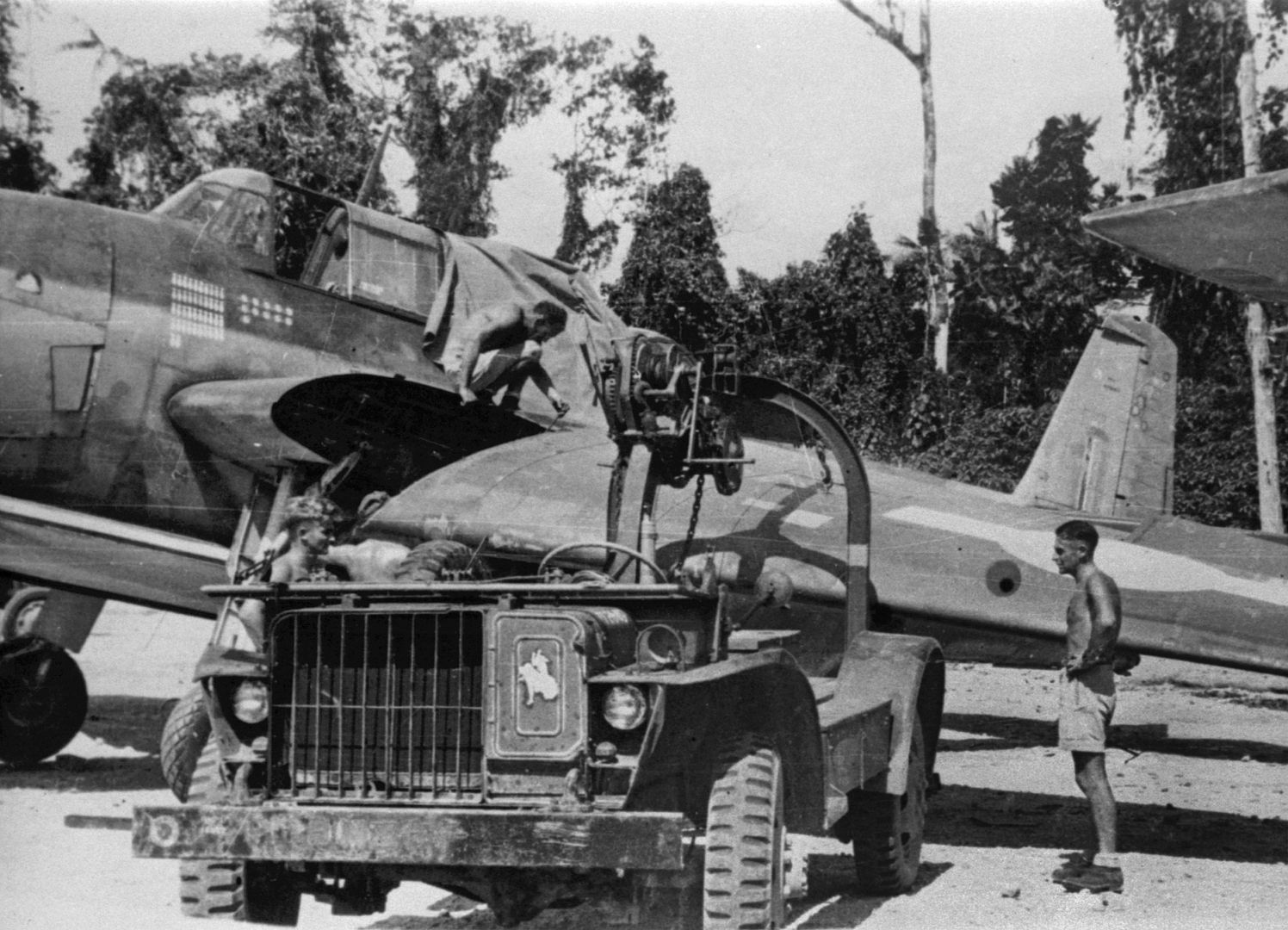

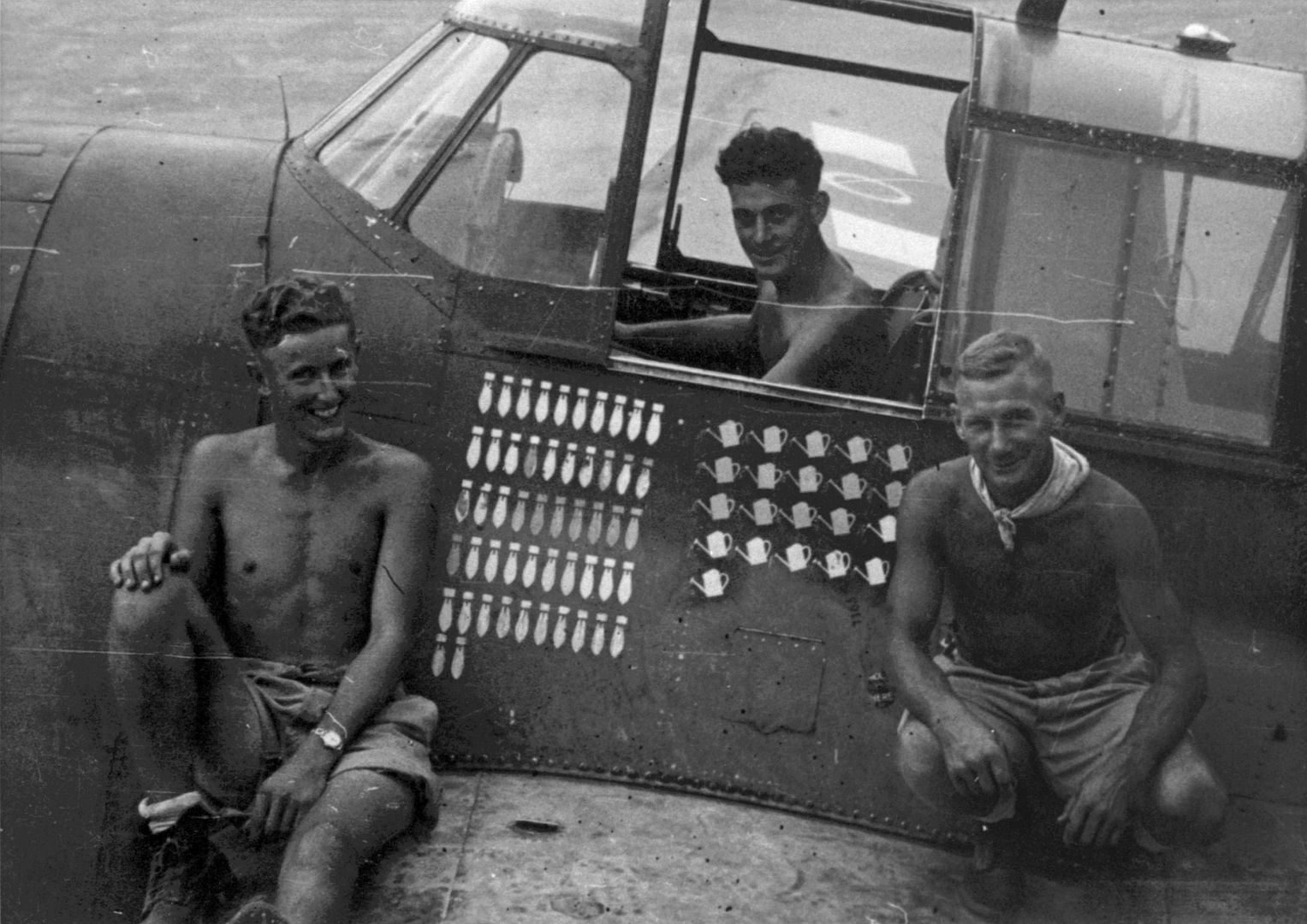
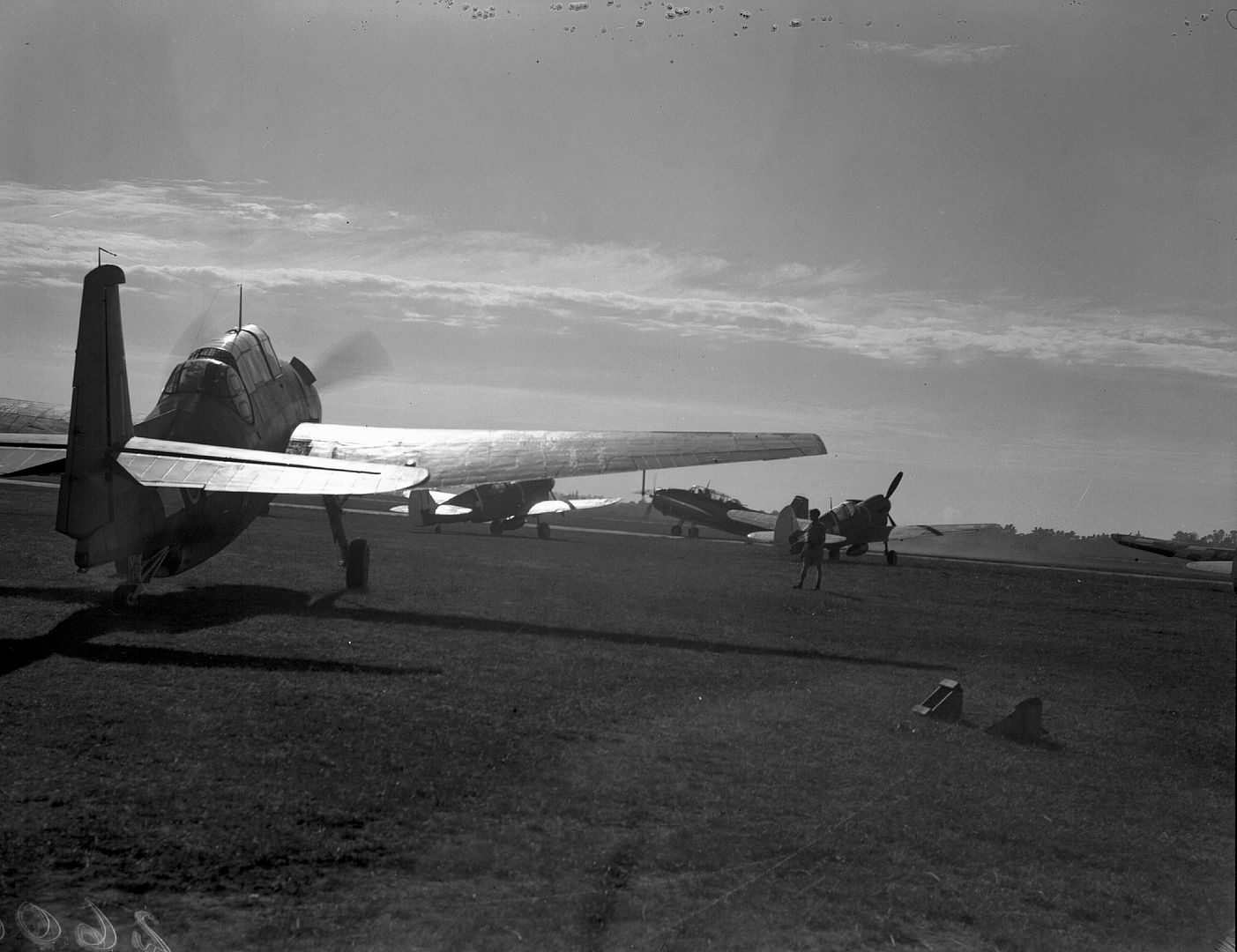

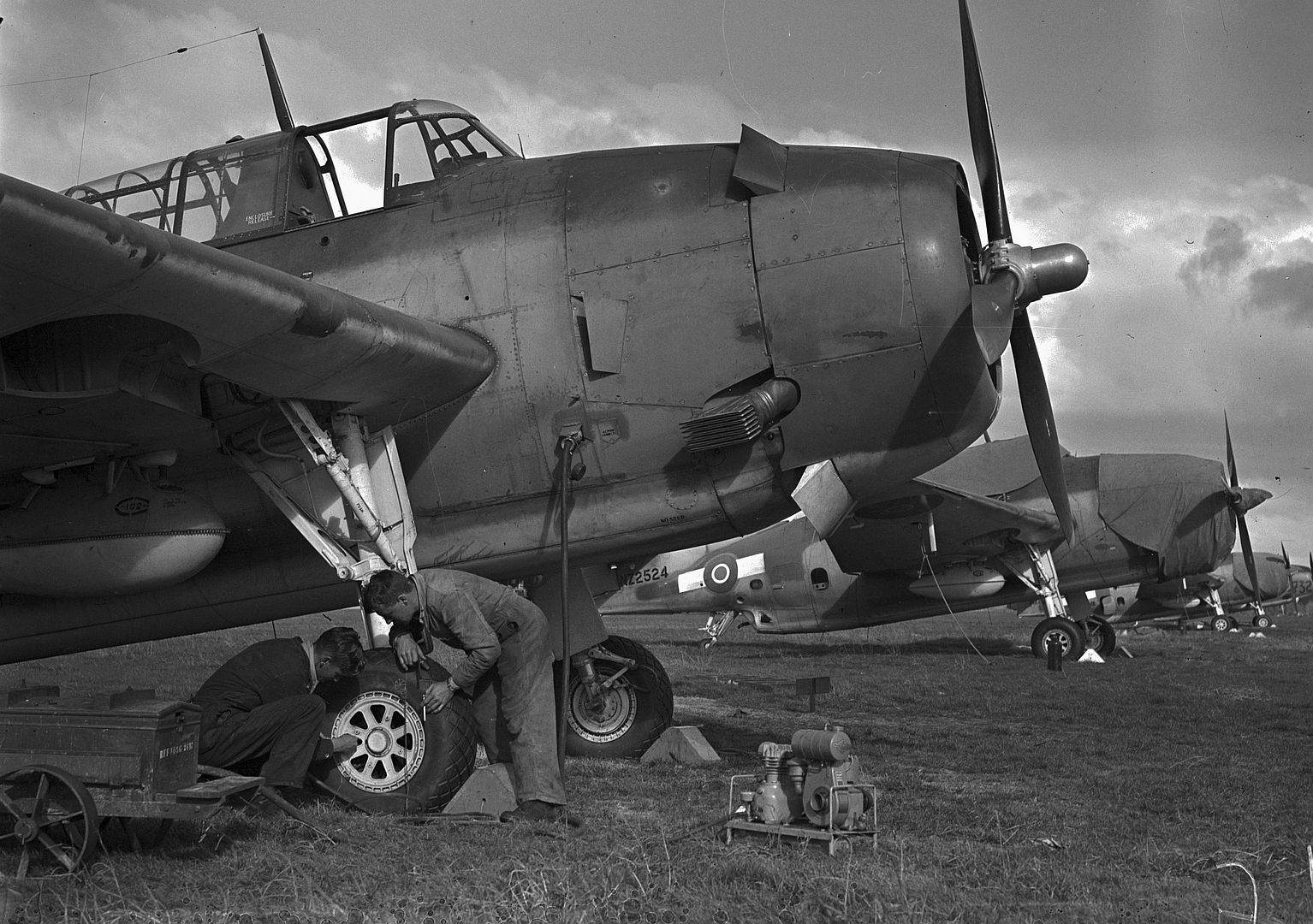
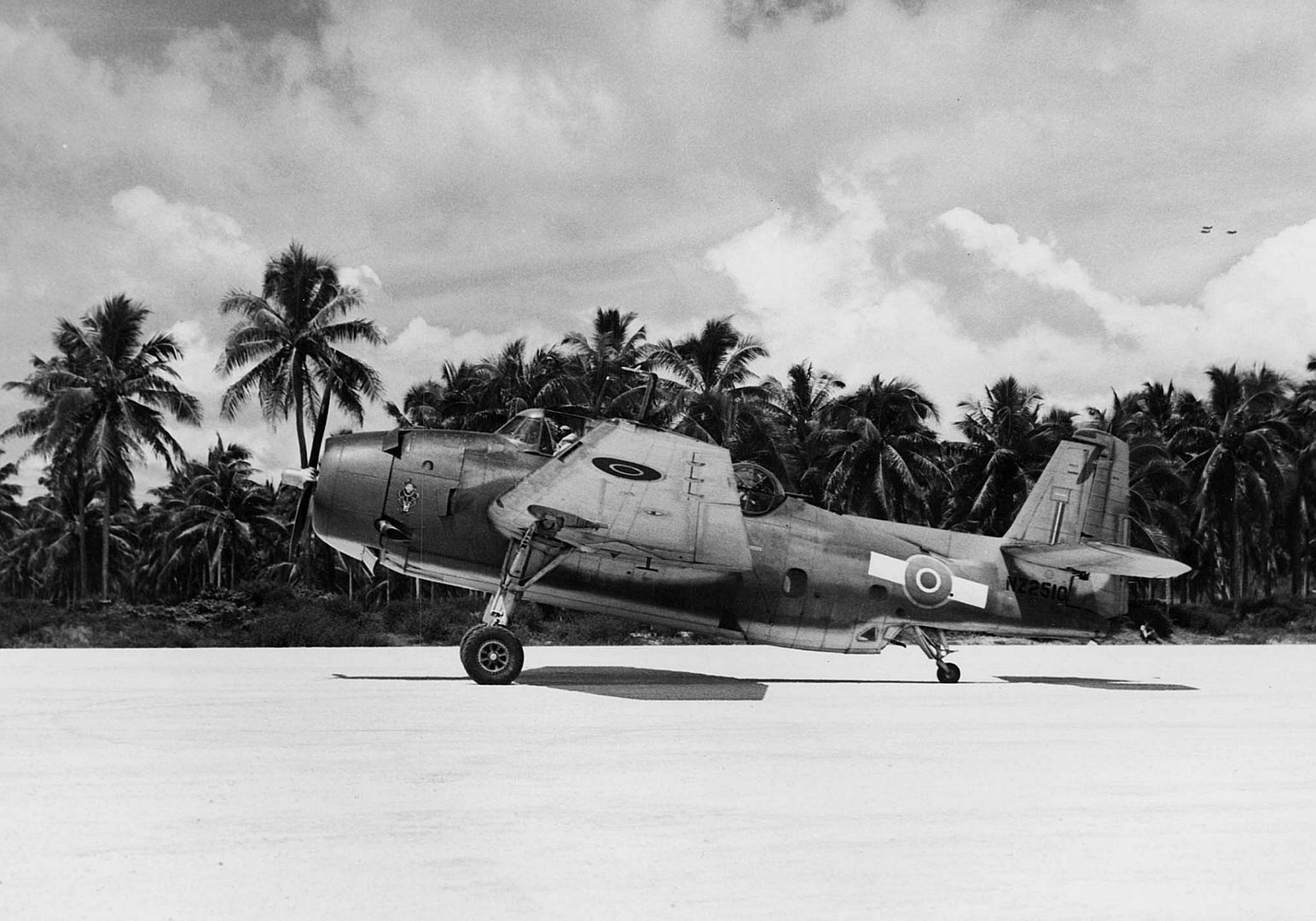
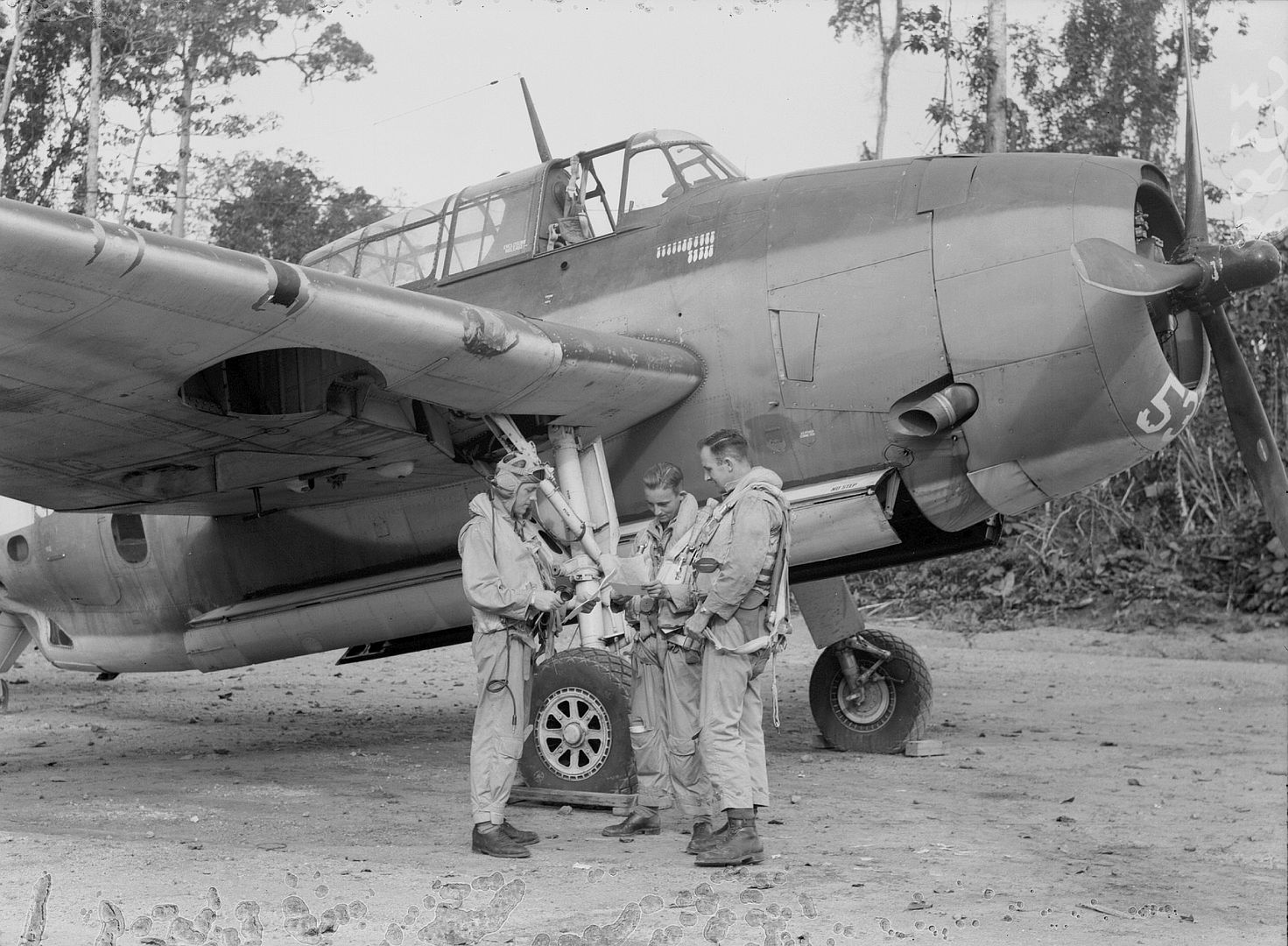

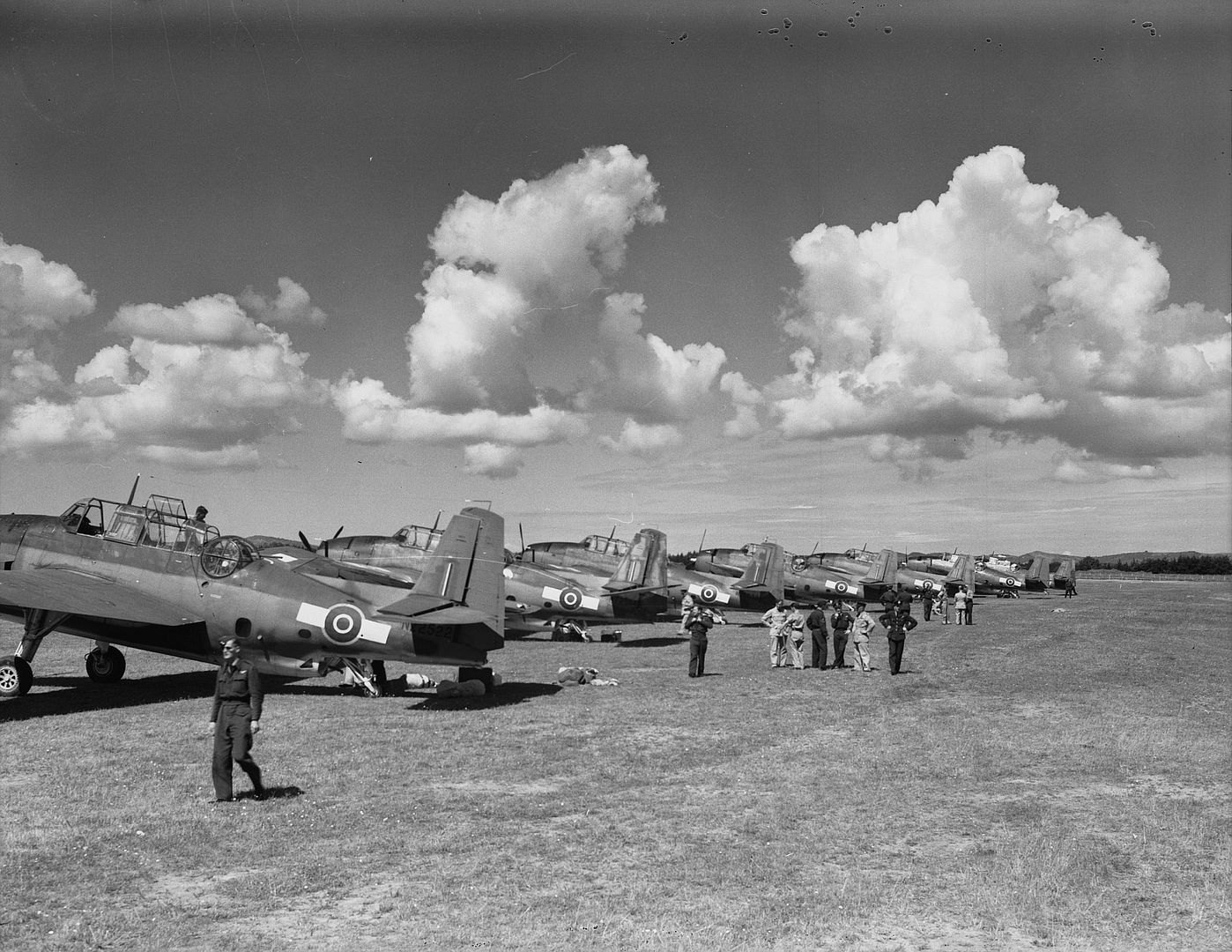

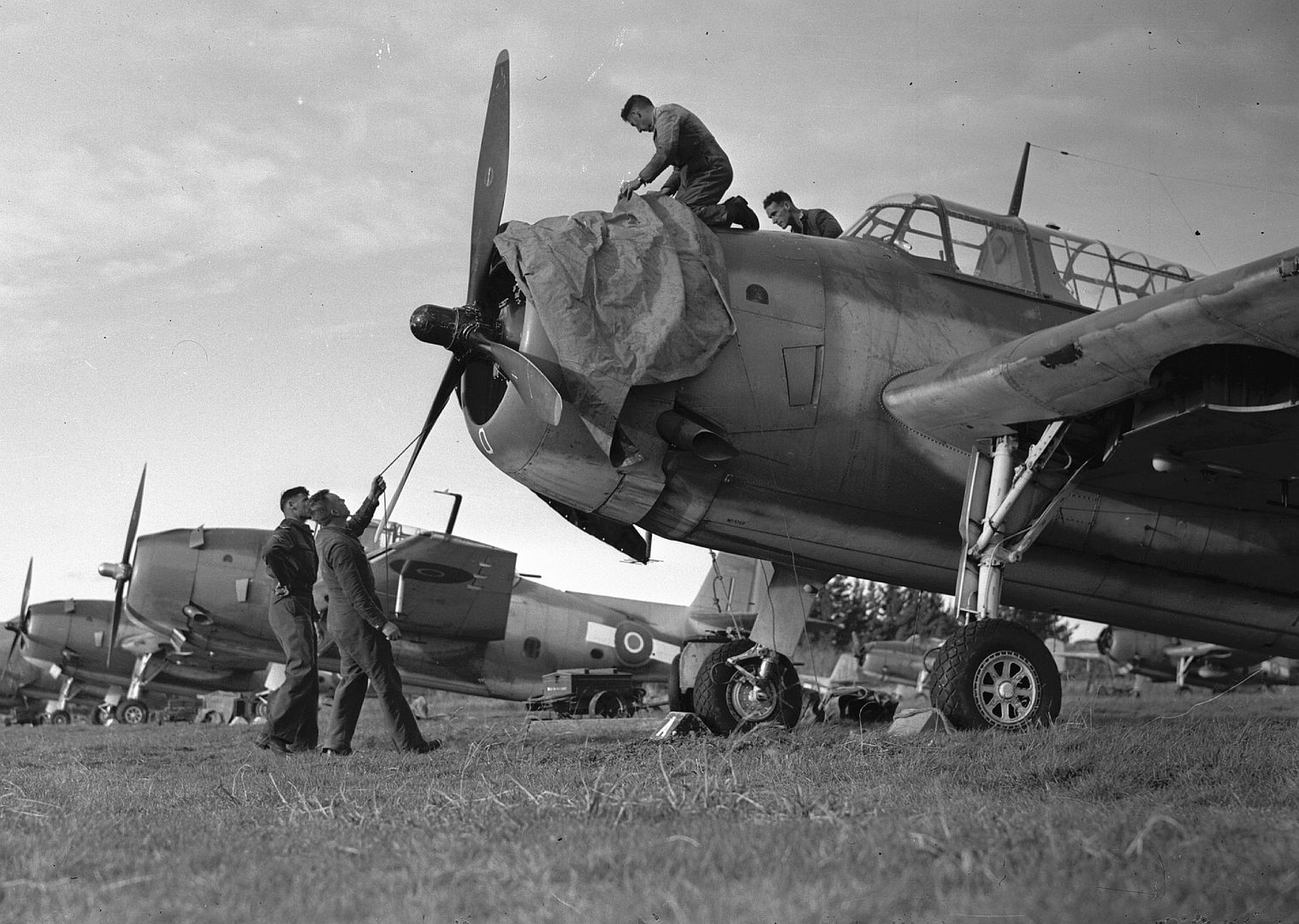
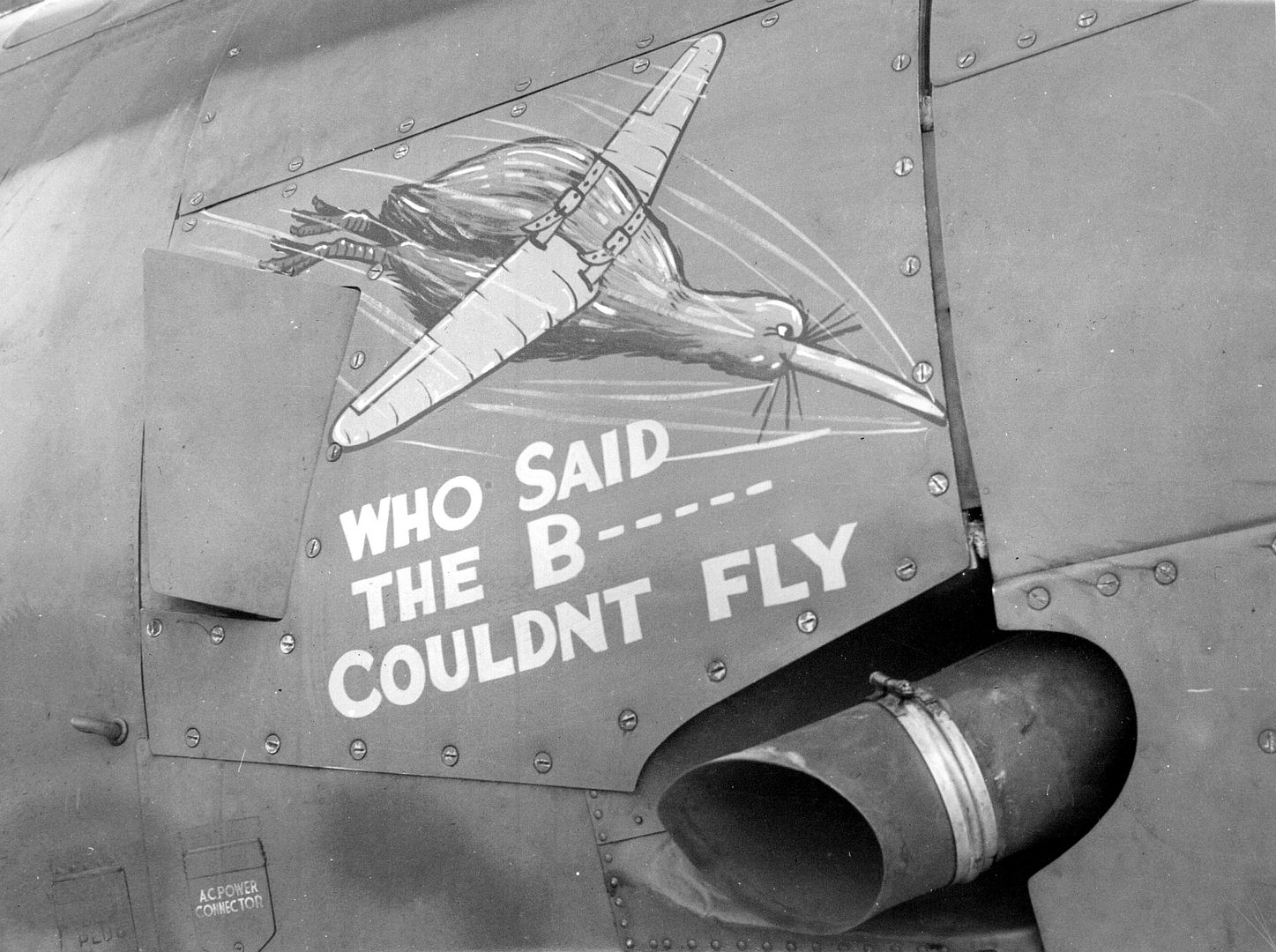
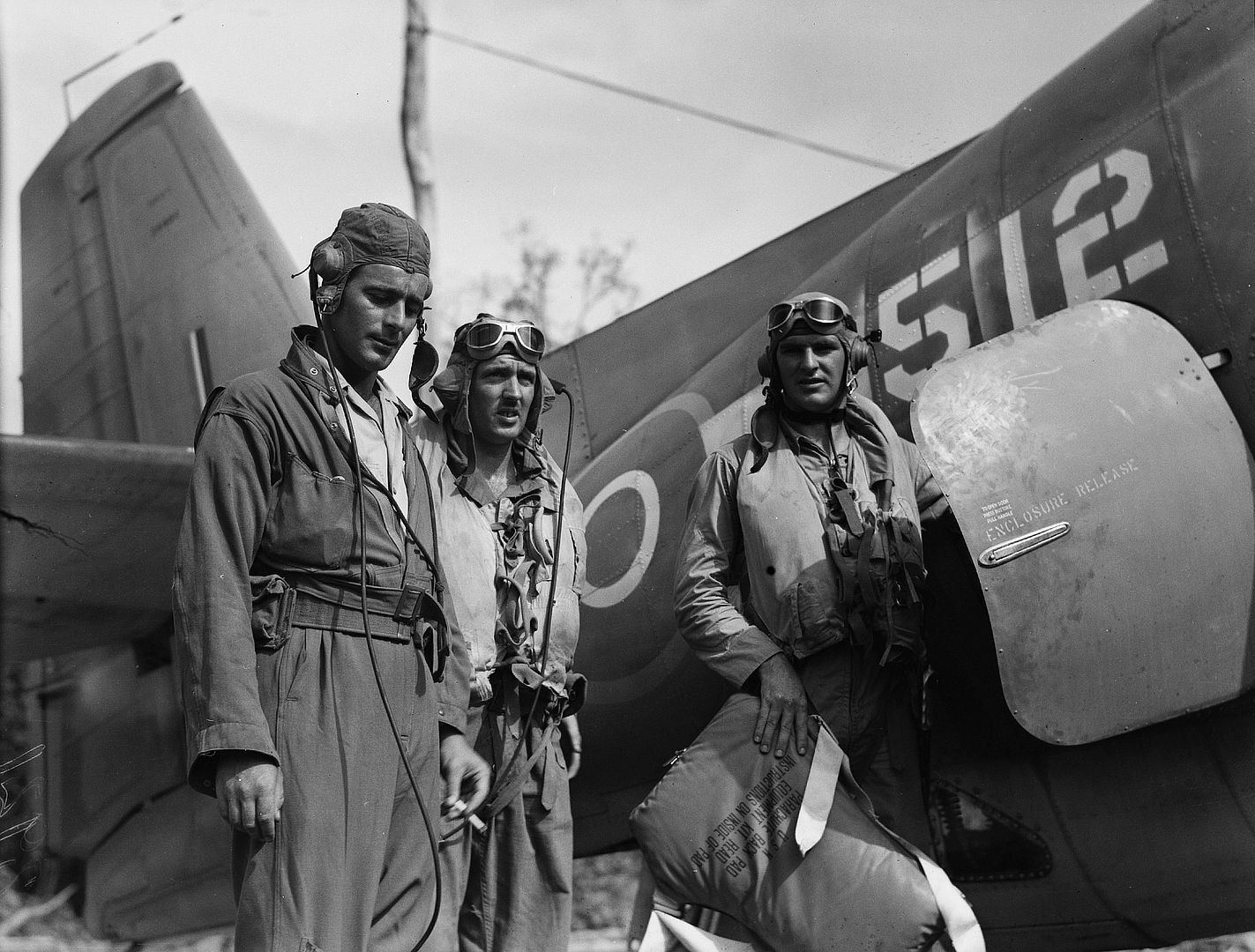
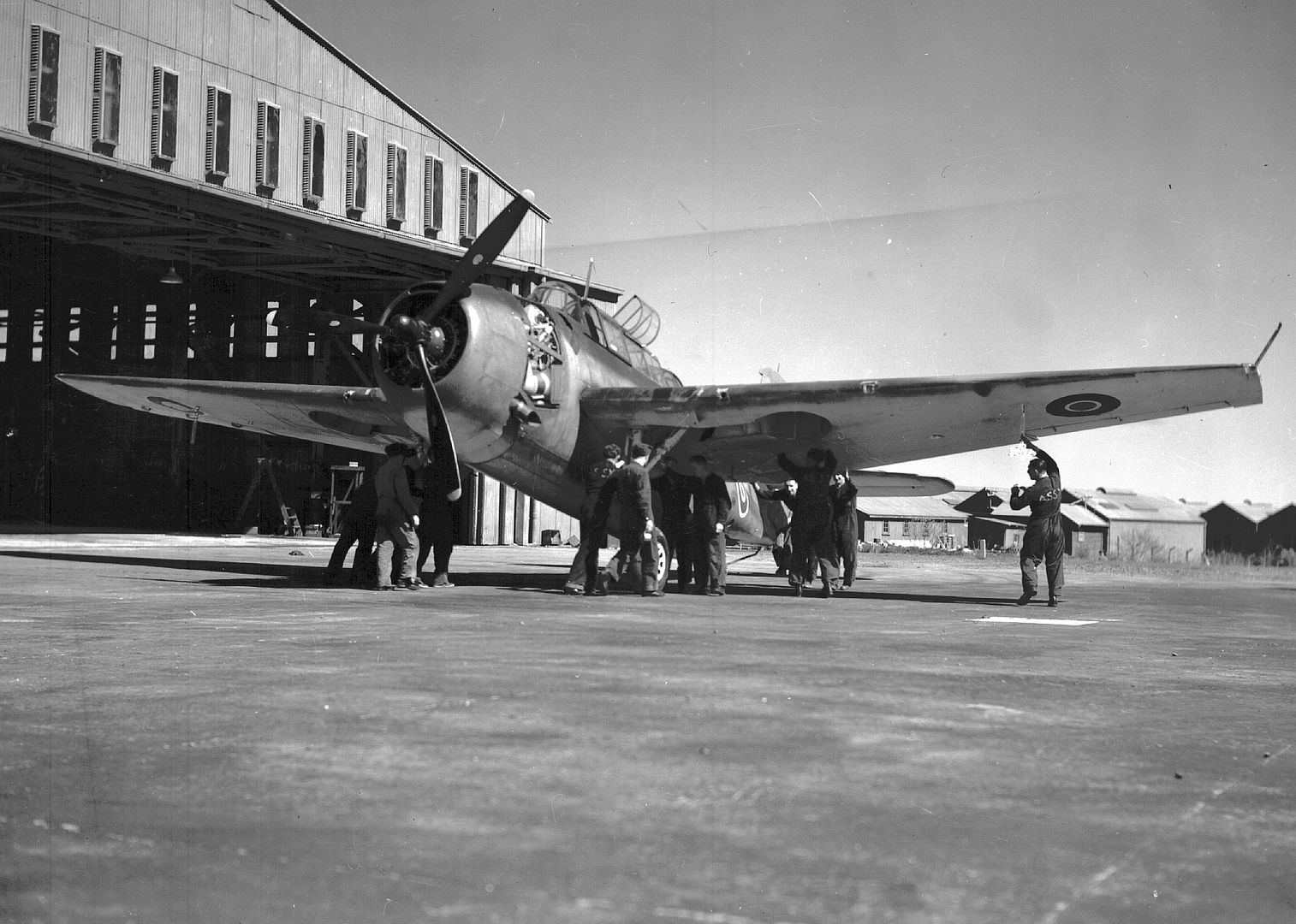

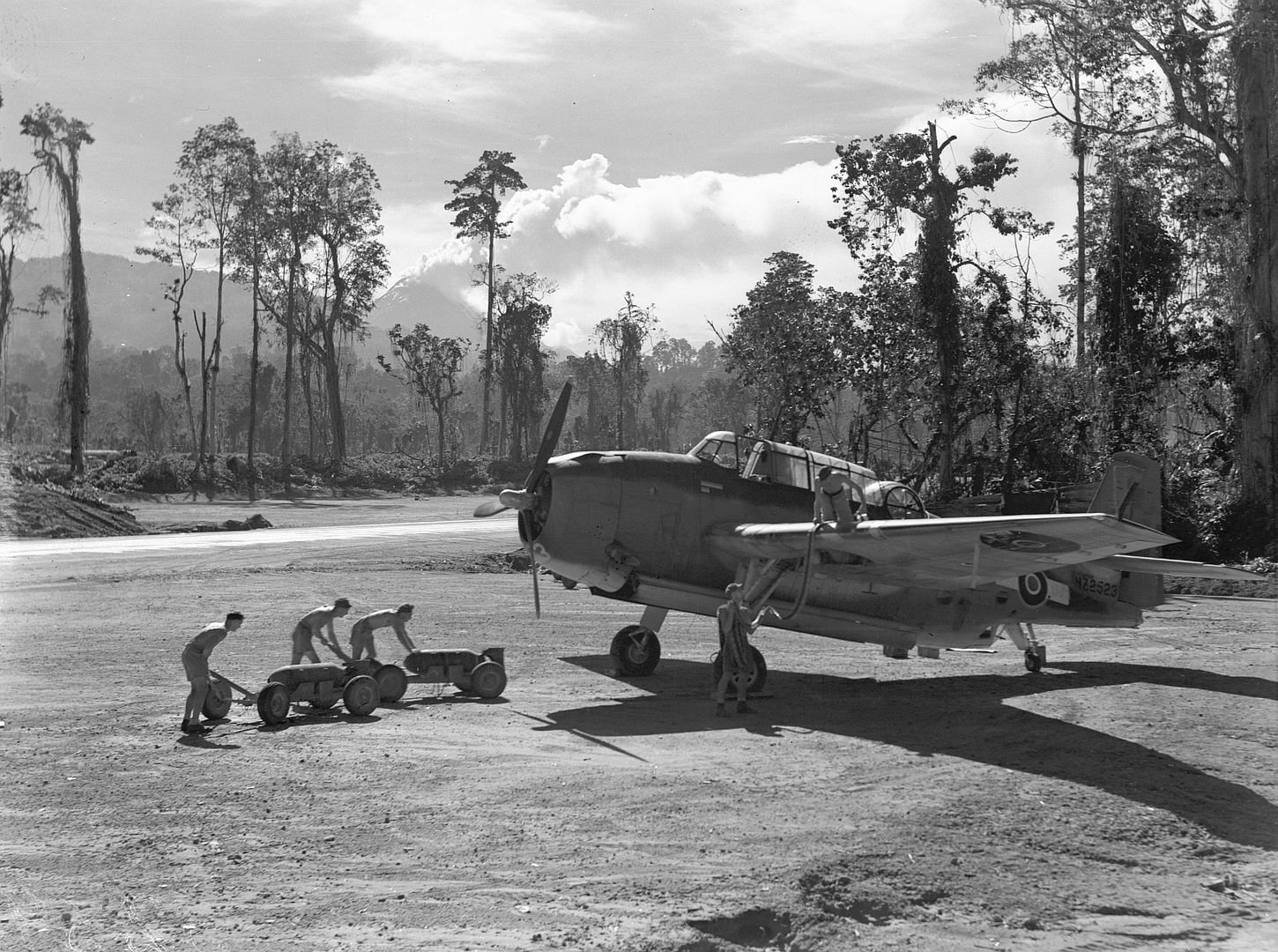
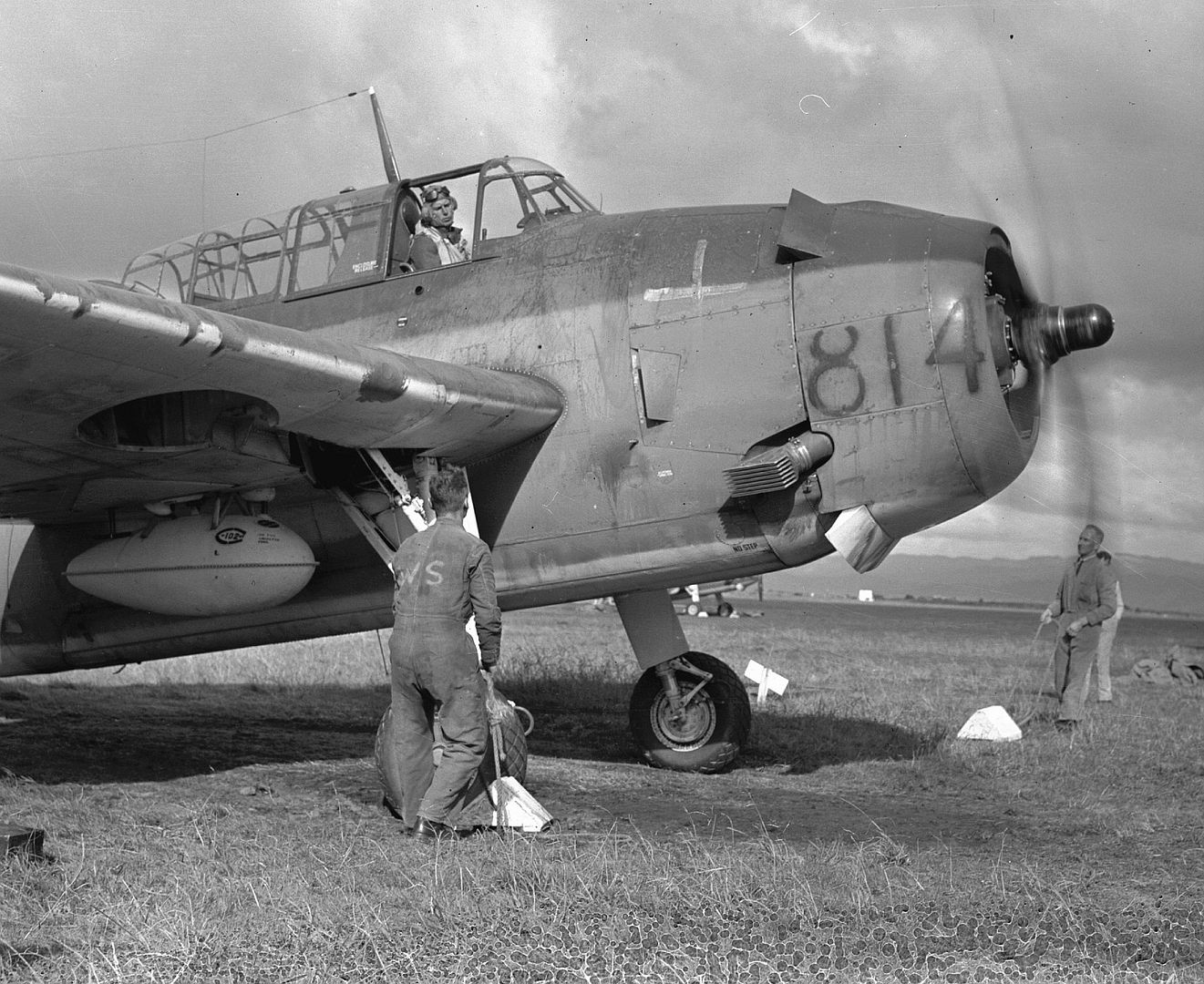
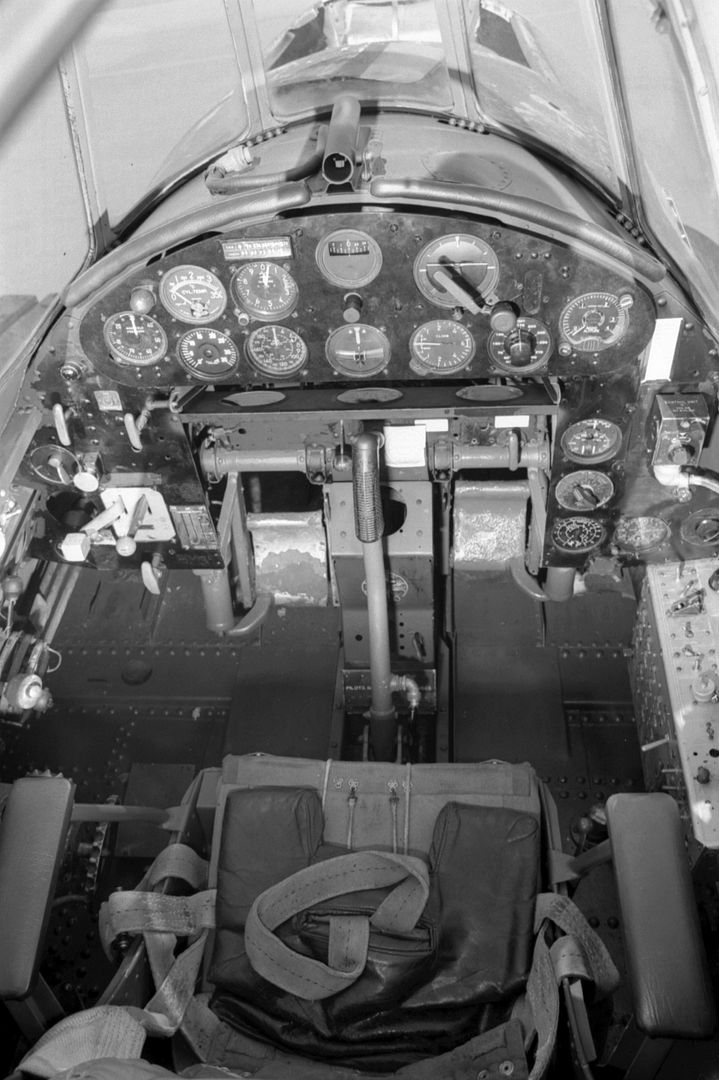
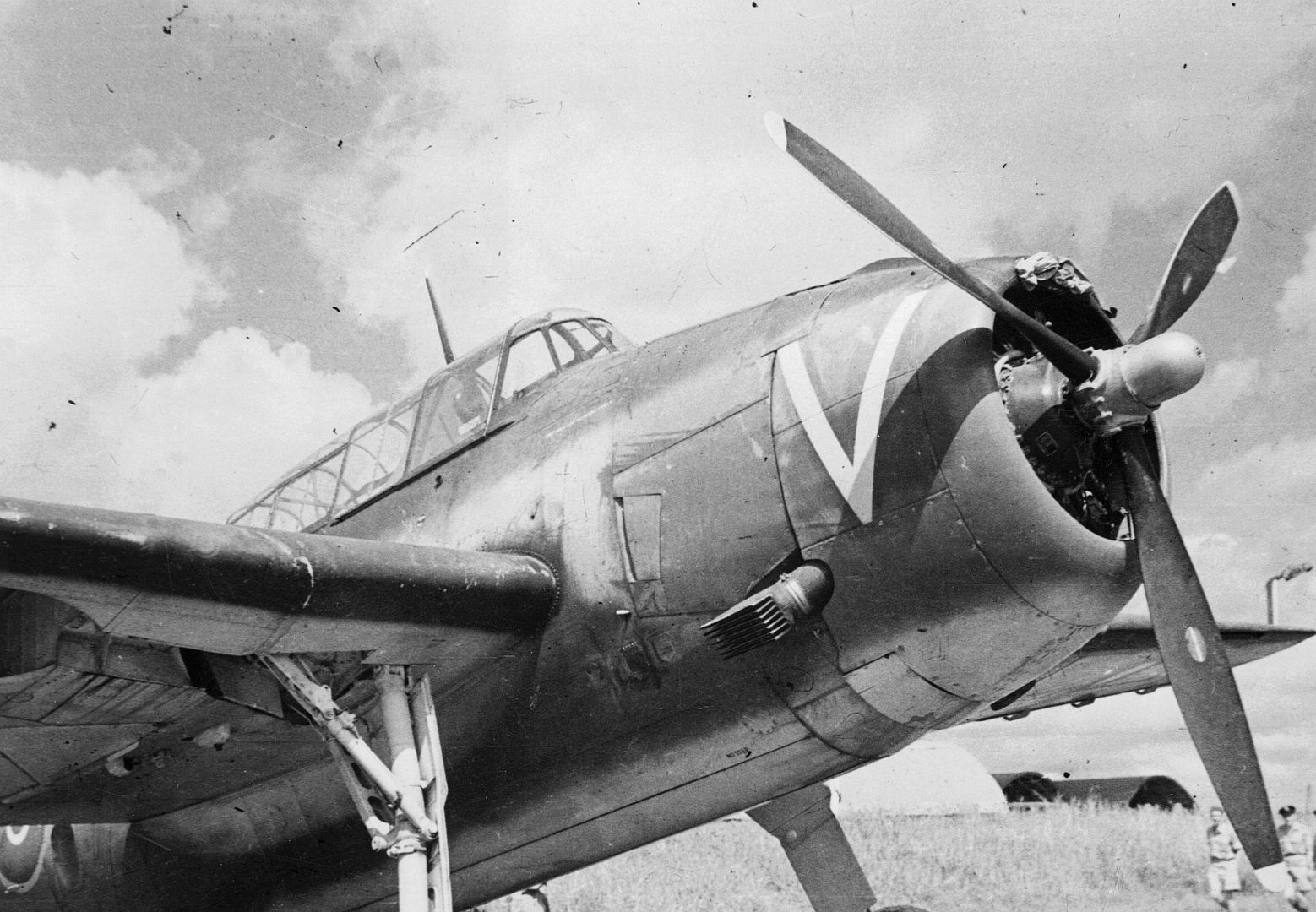
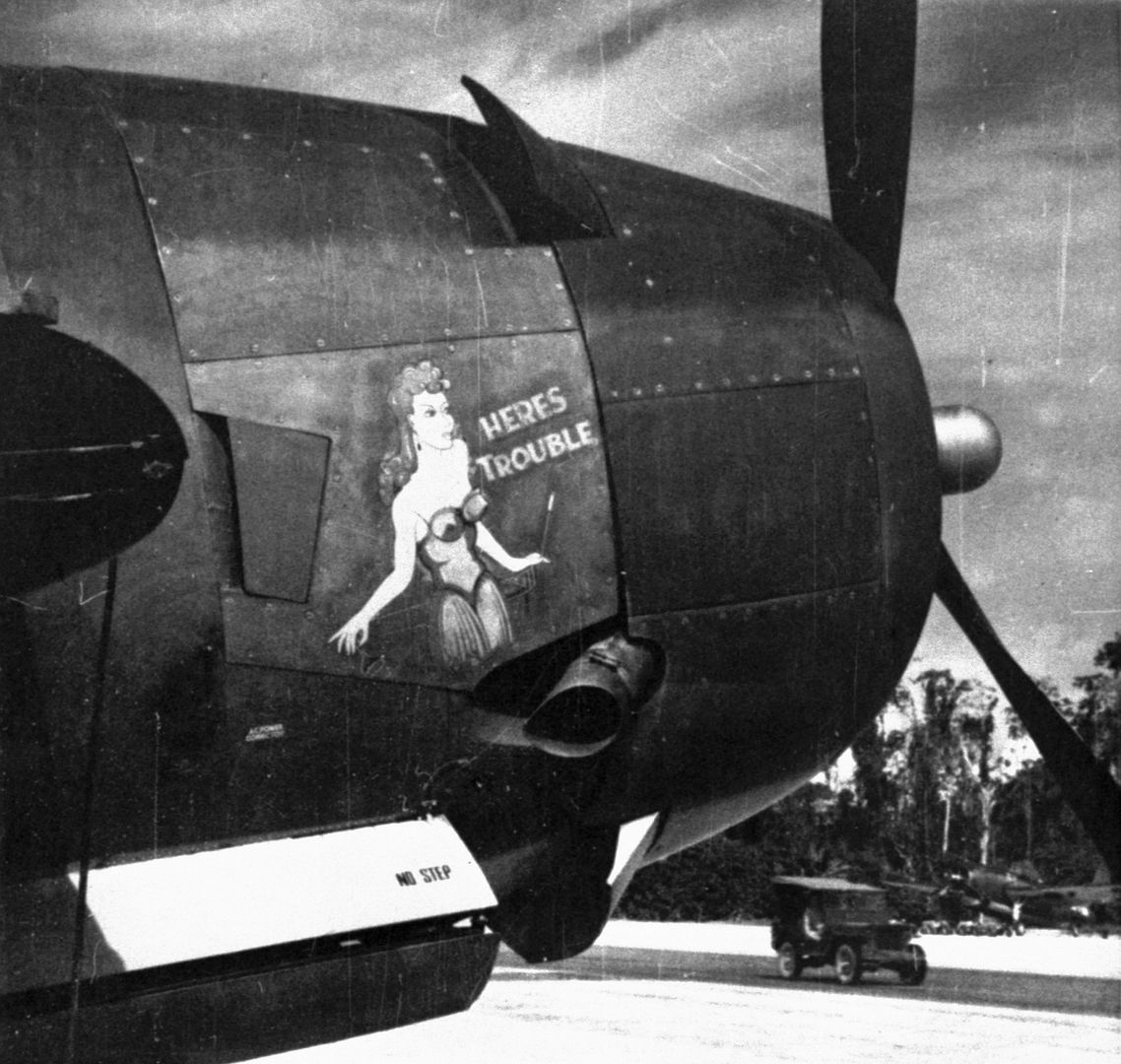


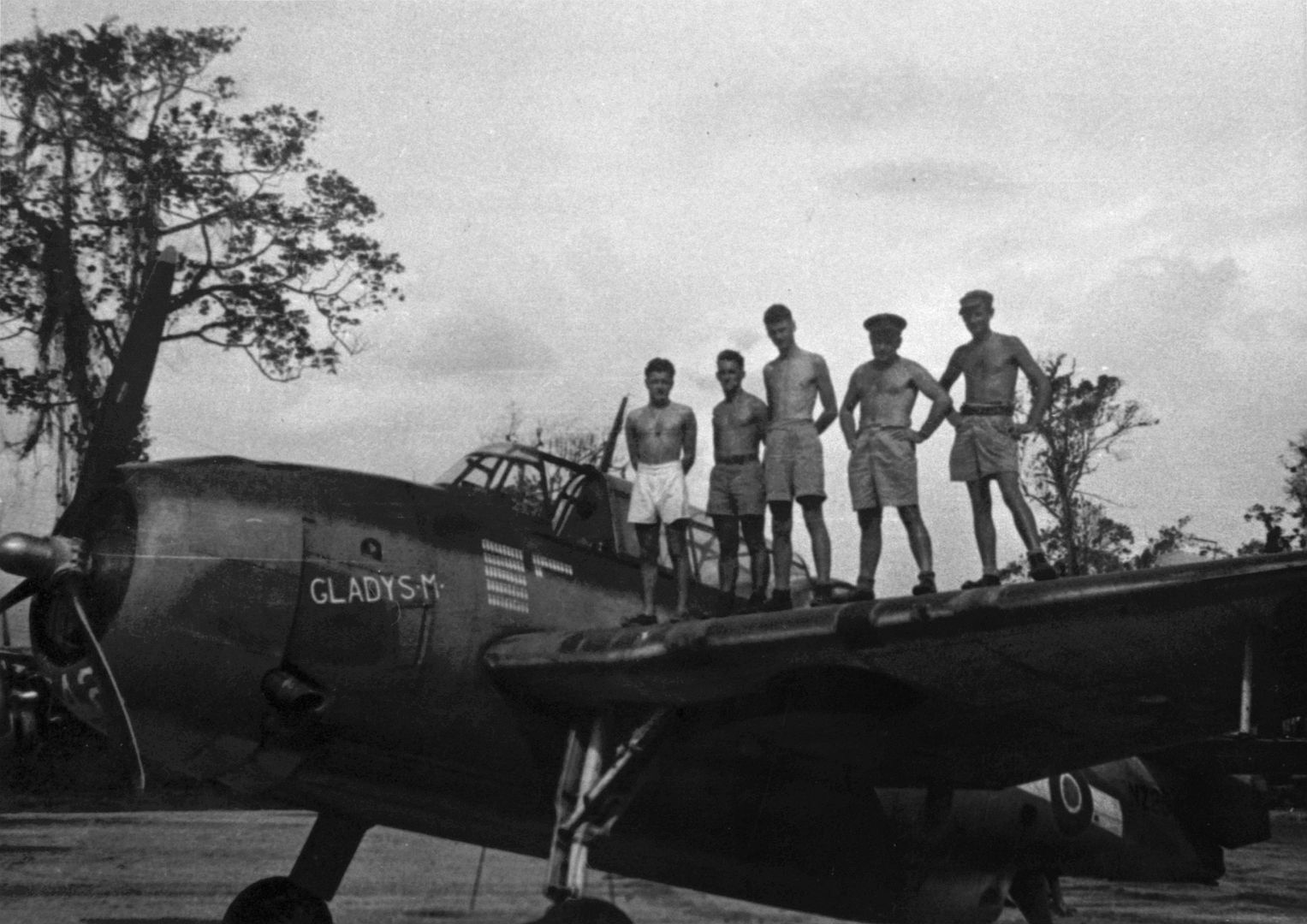
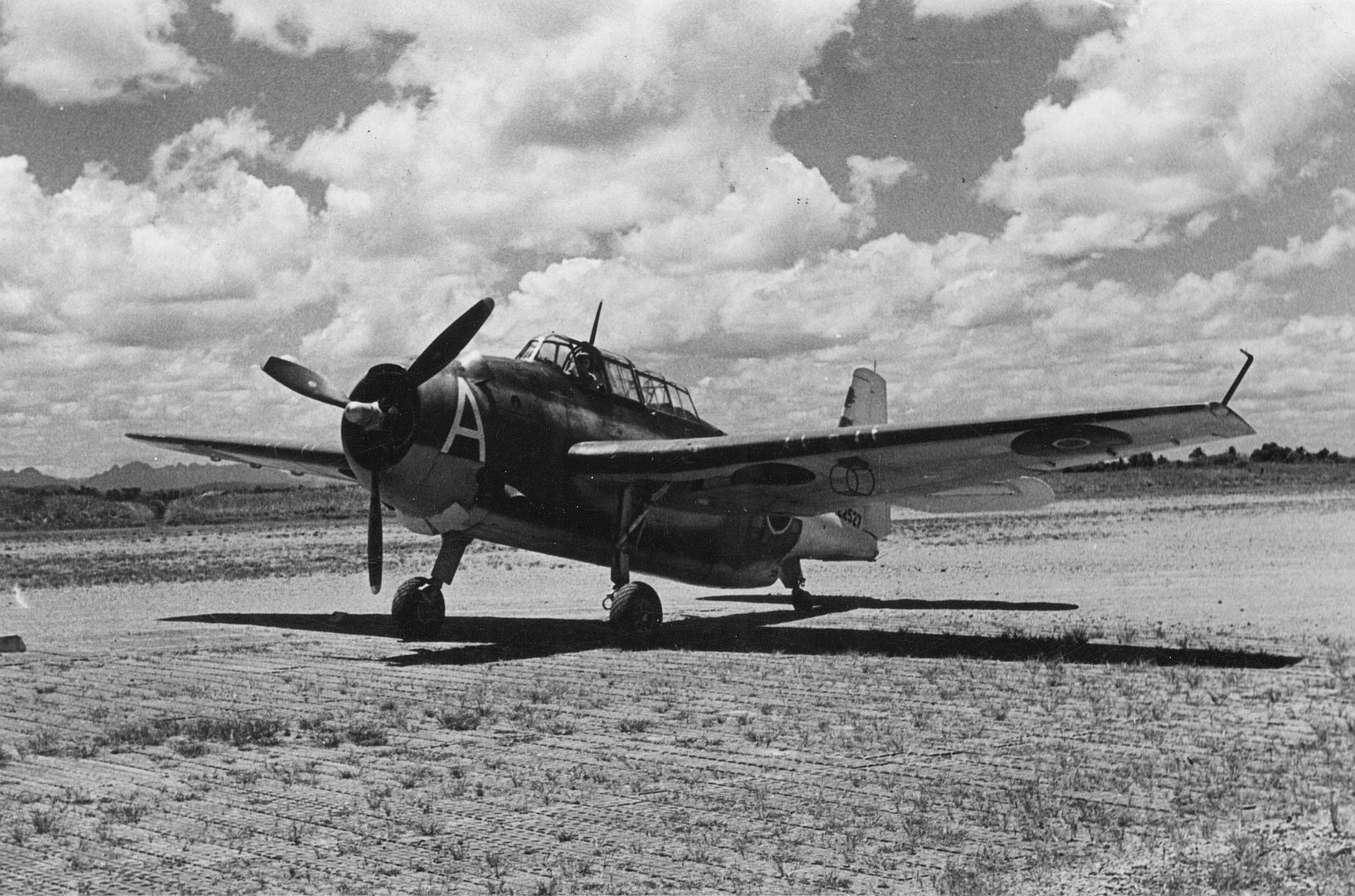
_in_the_back_of_a_truck._Unknown_Pacific_location..jpg?width=1920&height=1080&fit=bounds)
._Espiritu_Santo..jpg?width=1920&height=1080&fit=bounds)
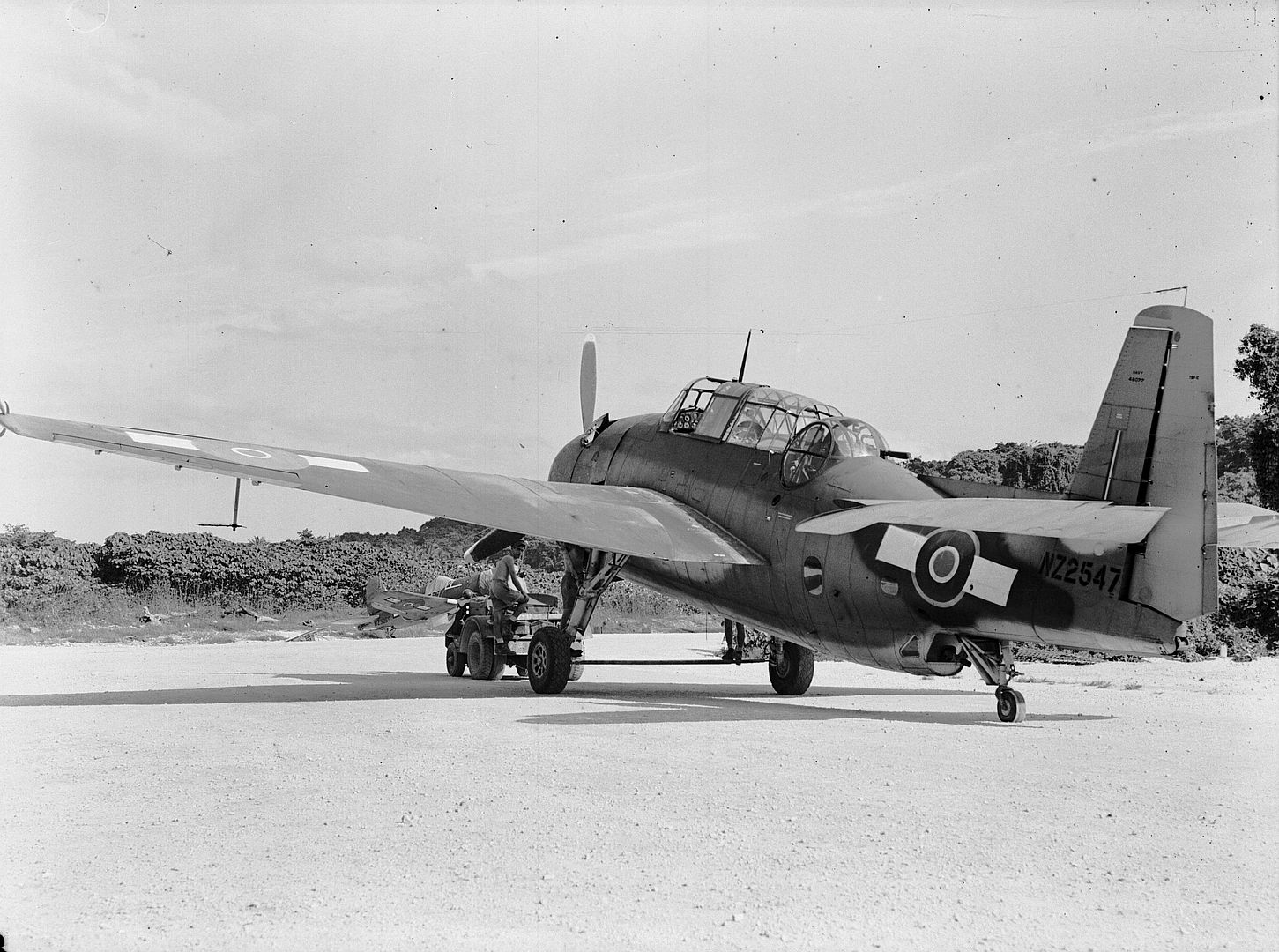
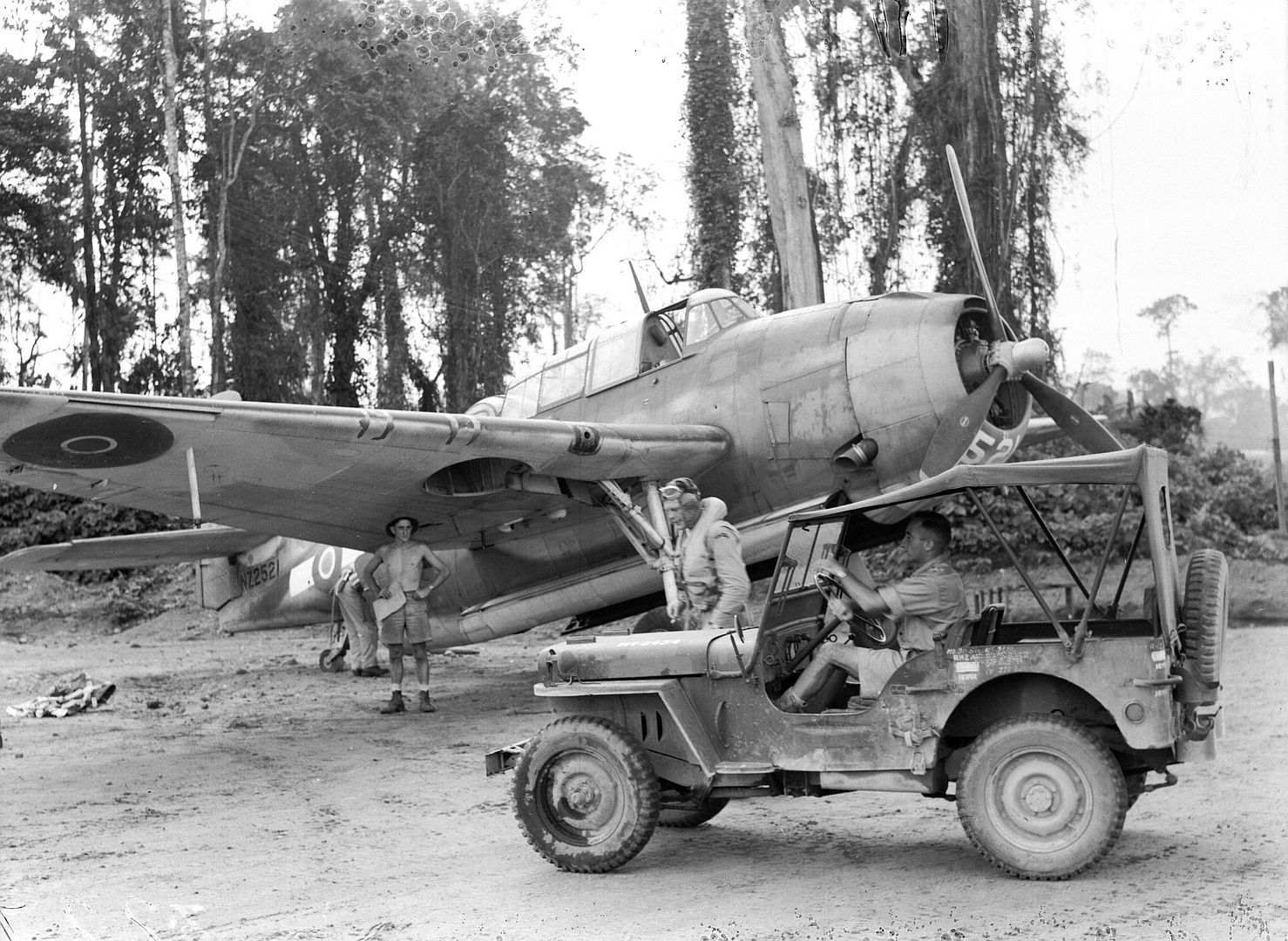
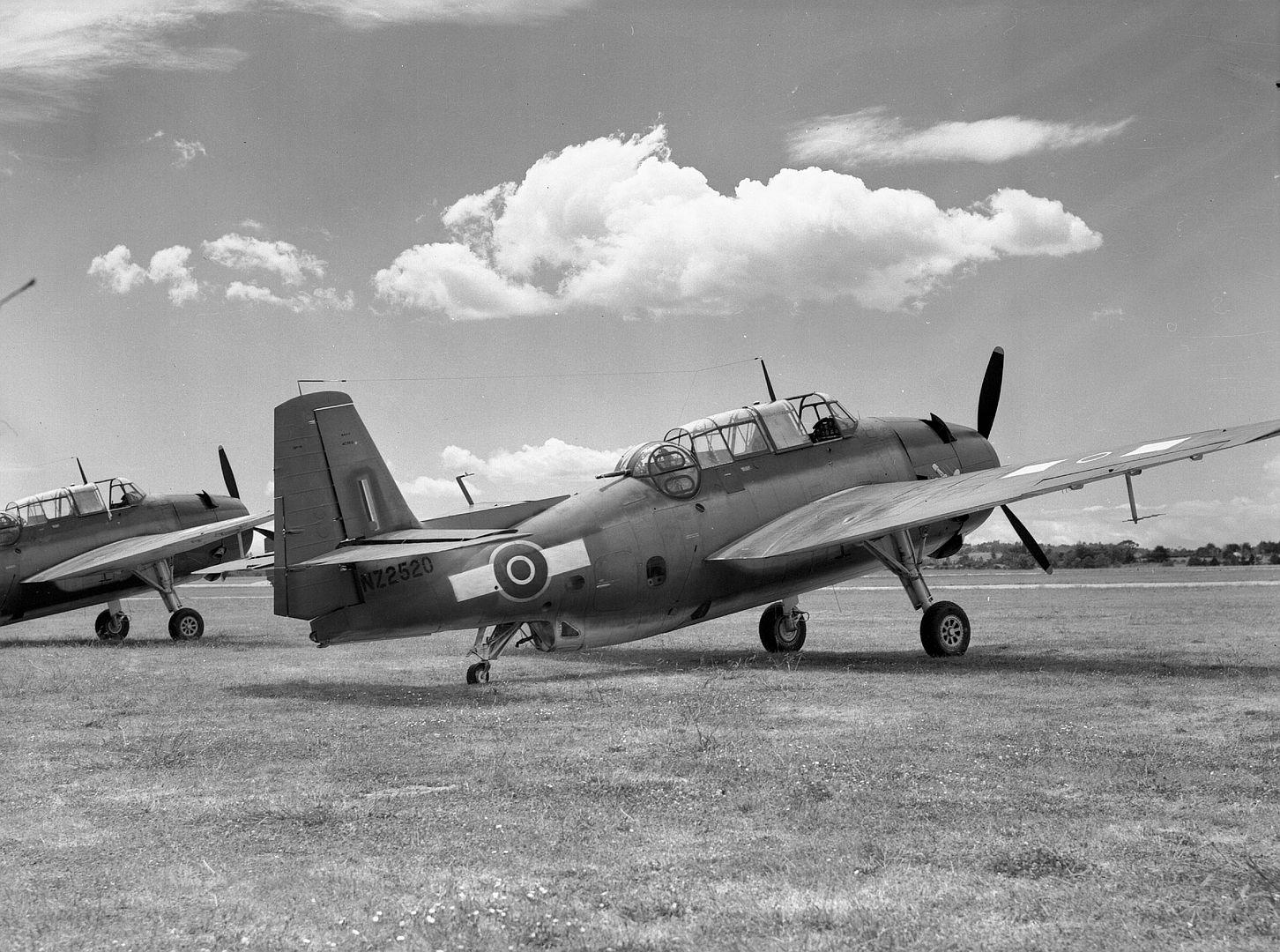




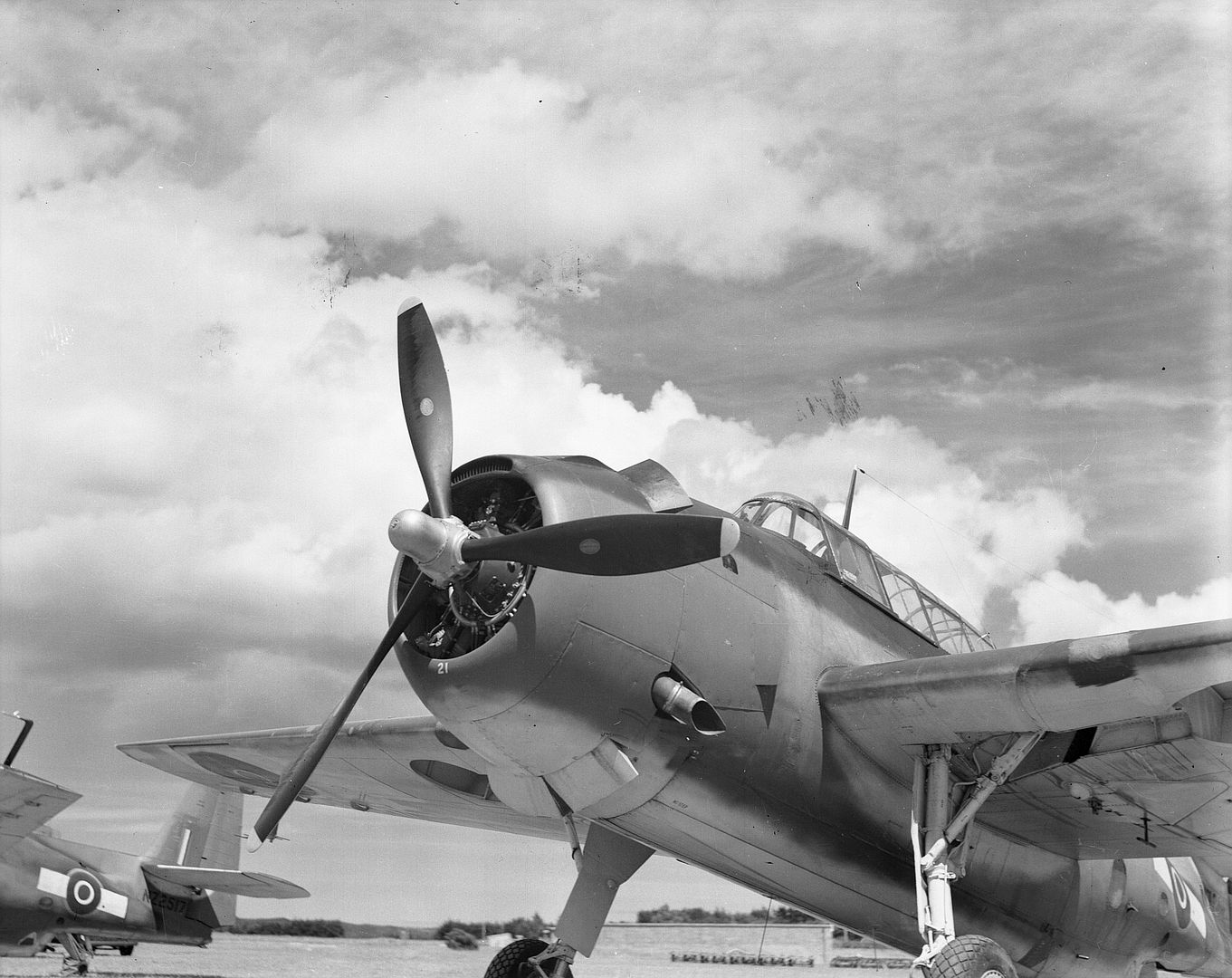
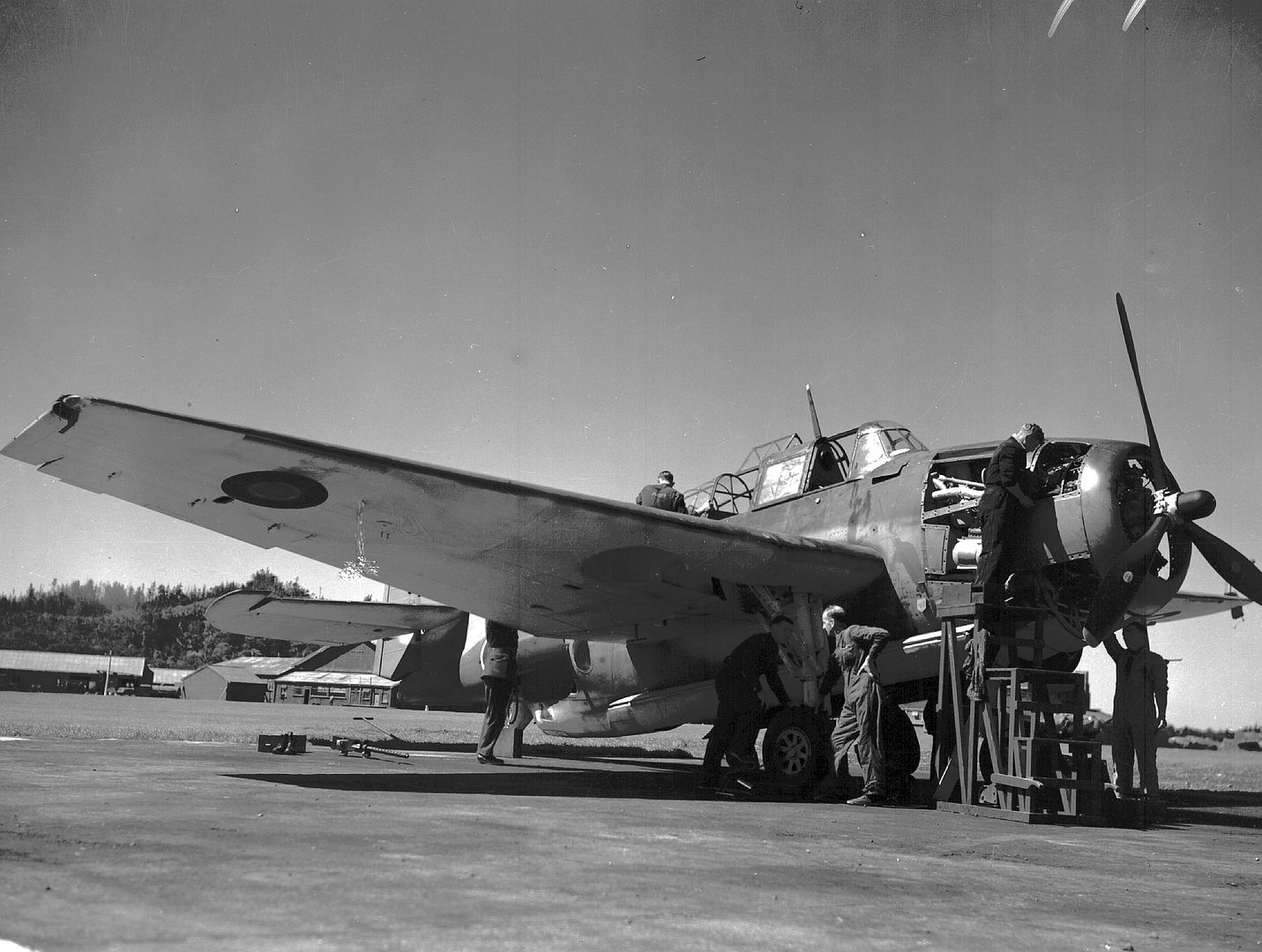



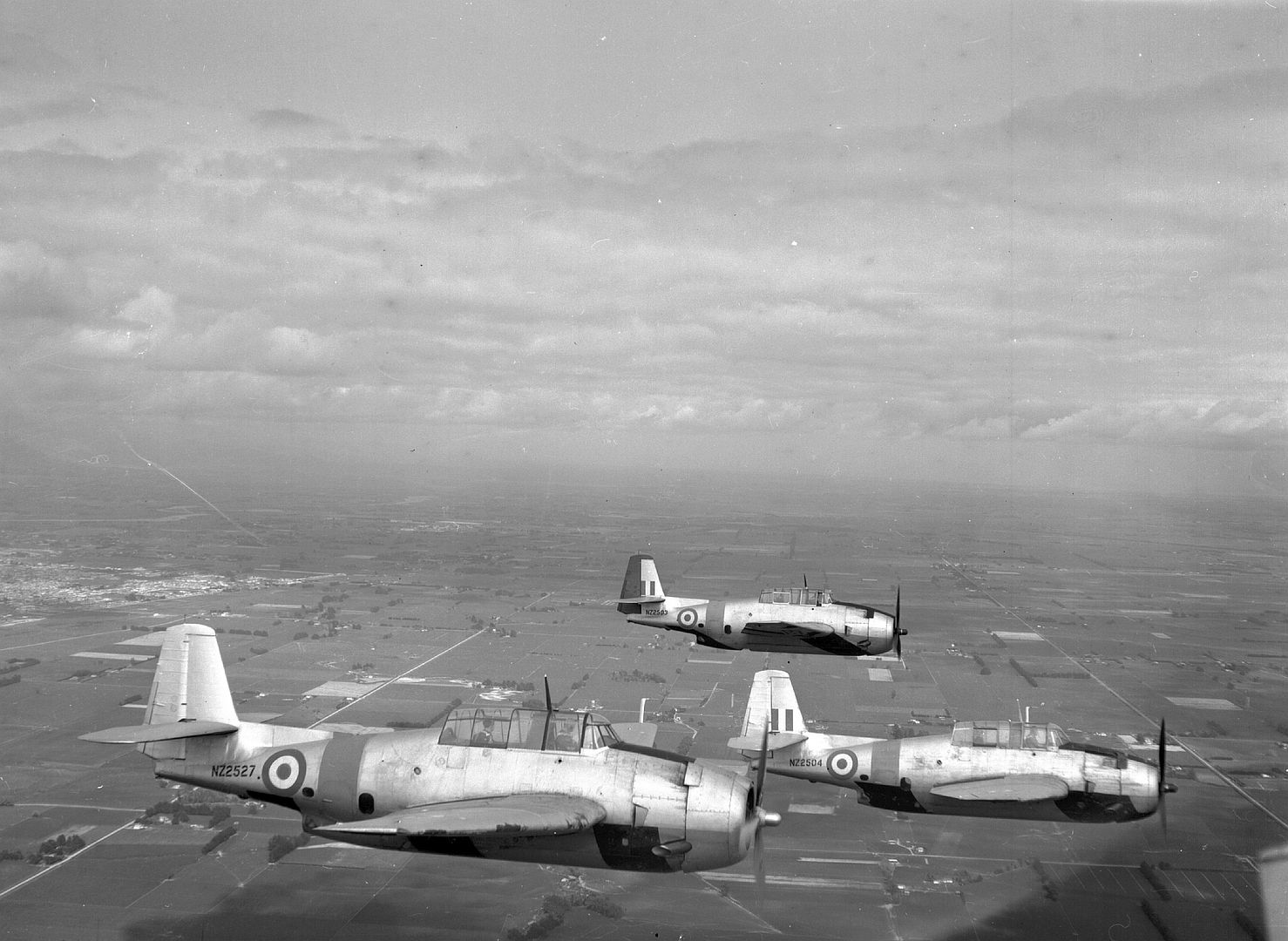

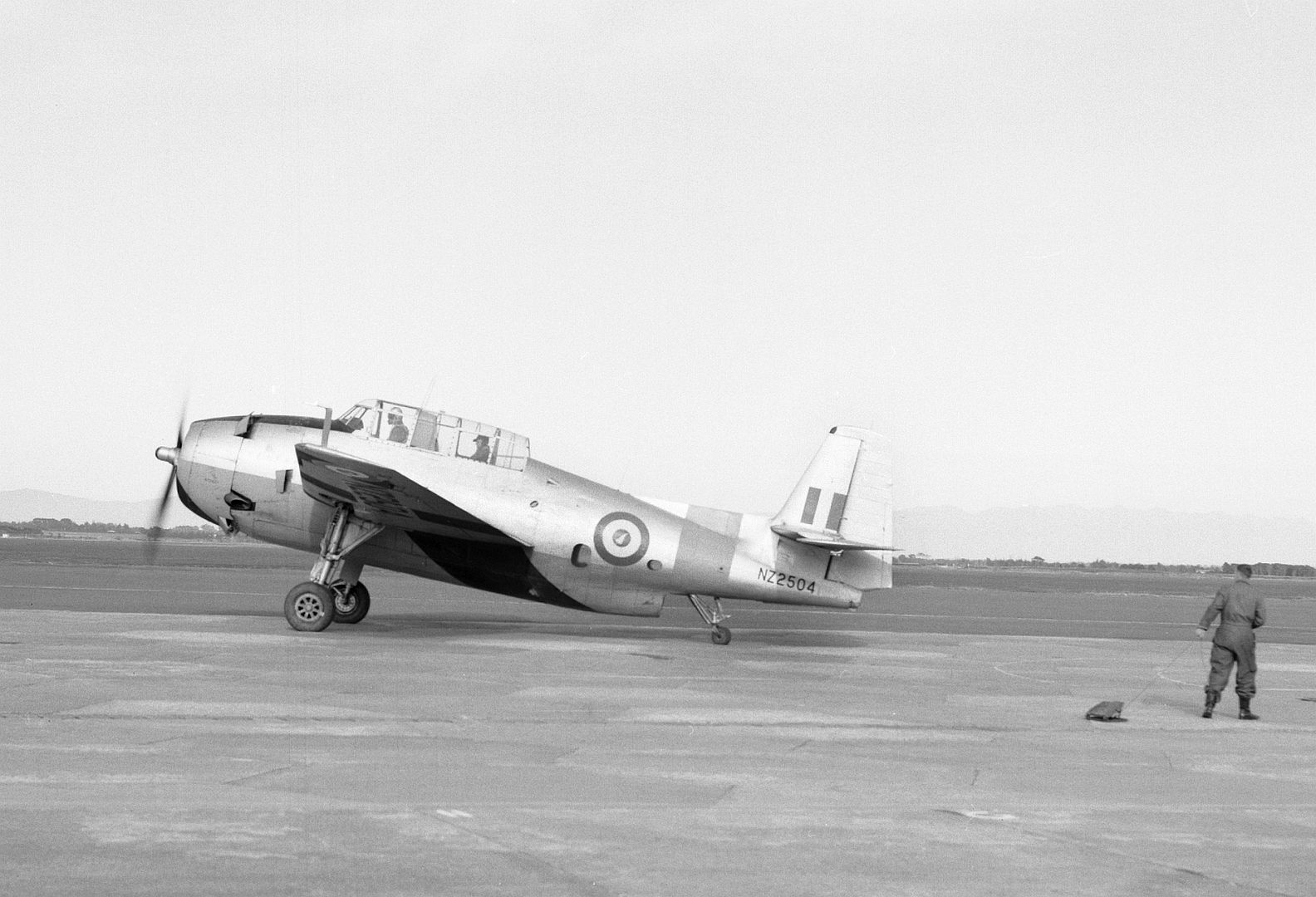
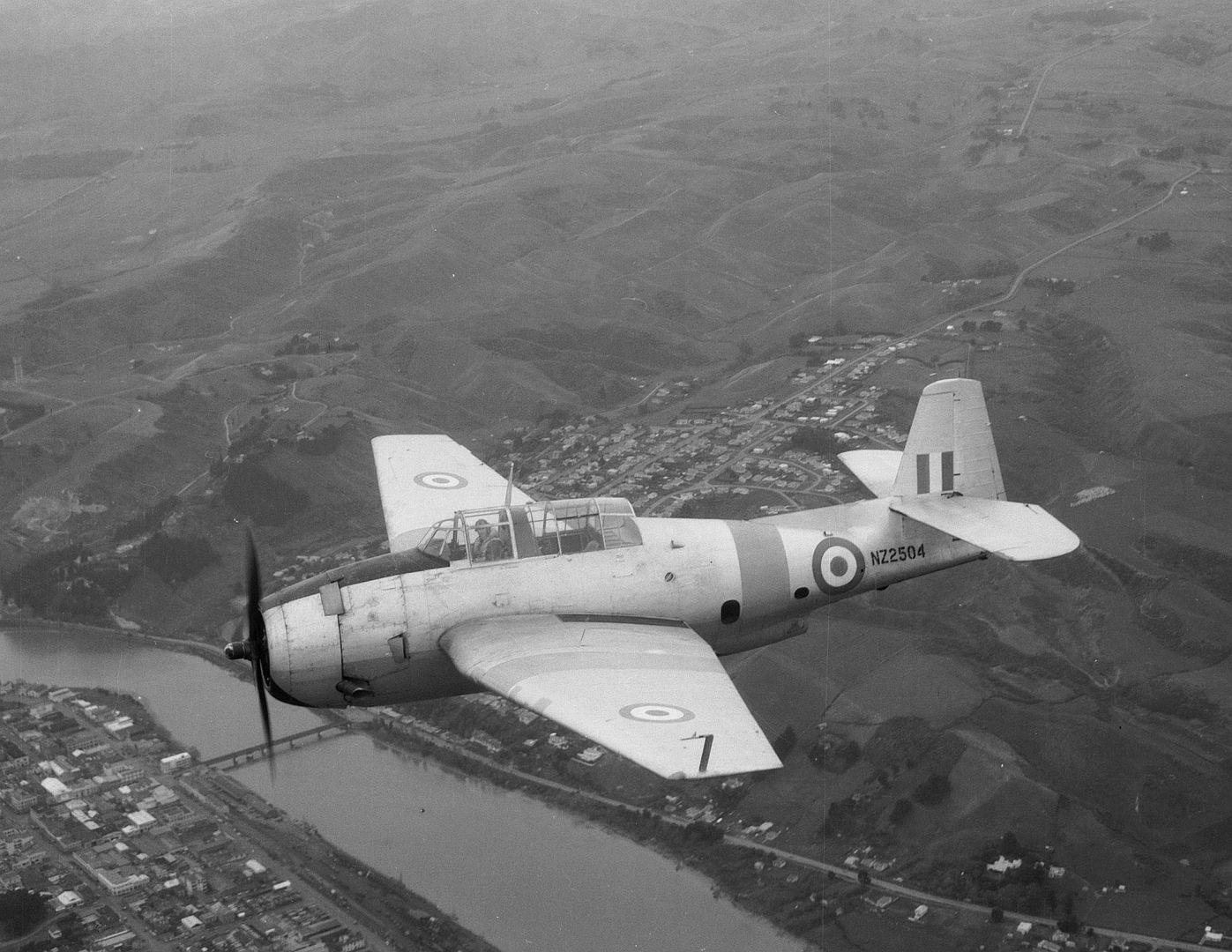





Post a reply
- Go to Previous topic
- Go to Next topic
- Go to Welcome
- Go to Introduce Yourself
- Go to General Discussion
- Go to Screenshots, Images and Videos
- Go to Off topic
- Go to Works in Progress
- Go to Skinning Tips / Tutorials
- Go to Skin Requests
- Go to IJAAF Library
- Go to Luftwaffe Library
- Go to RAF Library
- Go to USAAF / USN Library
- Go to Misc Library
- Go to The Ops Room
- Go to Made in Germany
- Go to Campaigns and Missions
- Go to Works in Progress
- Go to Juri's Air-Raid Shelter
- Go to Campaigns and Missions
- Go to Works in Progress
- Go to Skinpacks
- Go to External Projects Discussion
- Go to Books & Resources
